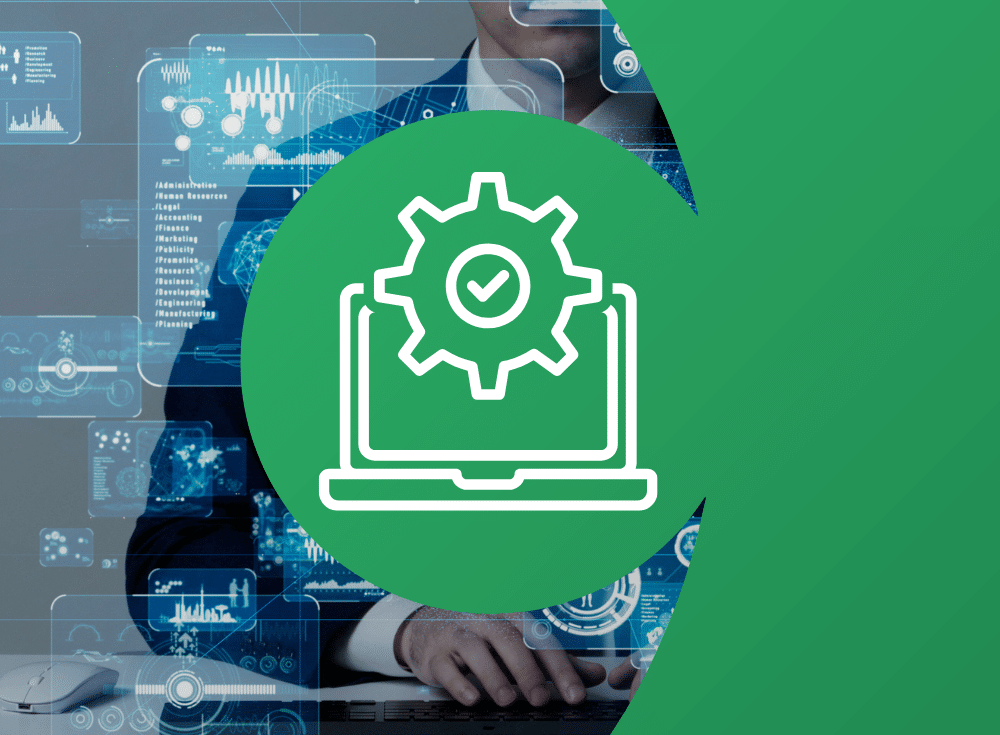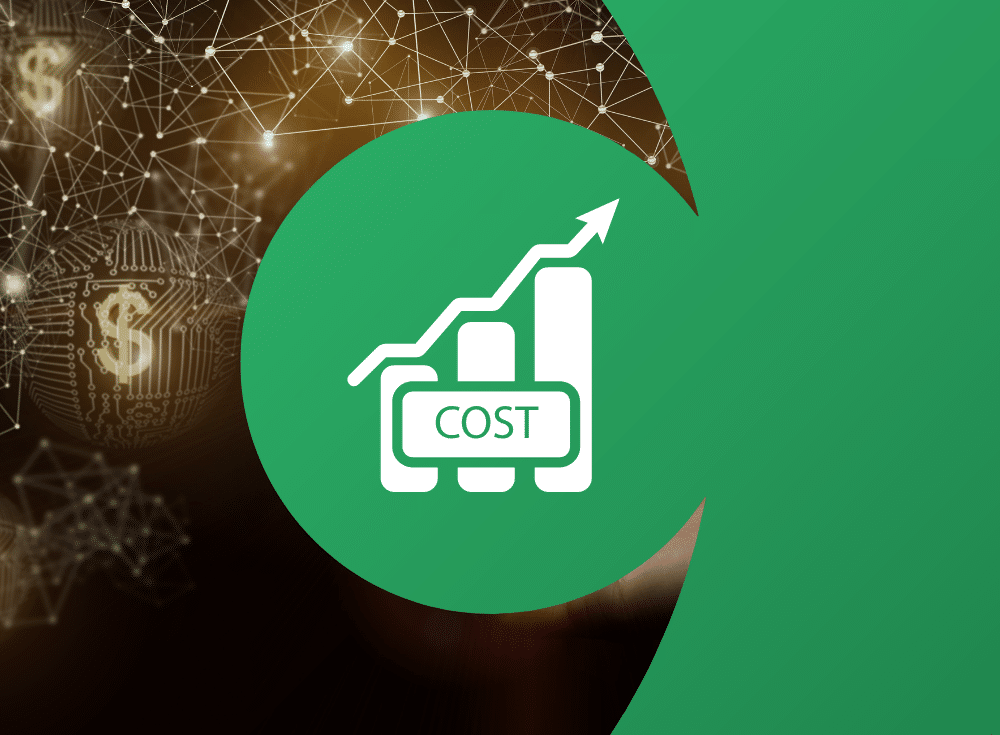Independent analyst study shows Chronosphere delivers 165% ROI and reduces critical incidents 75%

Companies that have quickly scaled their cloud native environments are finding out that their observability costs are rising faster — and often exceeding — the costs of their production applications and infrastructure. They’re capturing more data about their environment than ever before, yet getting less and less value from their observability data.
Chronosphere has worked with both cloud native businesses and enterprises to not only get their observability costs back under control, but also to drive more business value from their observability. We know it can be difficult for companies to understand the true cost of their current solution(s) and quantify the benefit of adopting cloud native observability. That’s why we commissioned Forrester Consulting to develop a Total Economic Impact ™ (TEI) study.
And sure, we were confident that the results would be positive. But still we were surprised at just how big an impact we’ve had on the success of our customers. Maintaining the status quo is often comforting but the TEI results clearly indicate just how costly the status quo can be.
The Methodology
Before I get to the results, let’s look at the TEI methodology. To derive their results, Forrester interviewed five Chronosphere customers, who agreed to participate anonymously. Forrester asked them about their previous solutions – each customer either managed open source observability in-house, used a SaaS application performance monitoring (APM)/observability solution, or both. Forrester also asked about data ingest and costs associated with software licensing, administrative expenses, staff salaries, data storage, and much more.
Forrester then developed a composite organization based on the results of the five interviews. The composite organization is a multinational industry-agnostic business-to-consumer (B2C) organization with an annual revenue of $1 billion. The composite company’s metrics data growth is 100% annually (not unusual for any company adopting cloud native). Each interviewee was able to show how their previous solutions were failing to meet their growing business demands.
The Results: 165% ROI with a payback period of less than six months
According to the study, “the representative interviews and financial analysis found that a composite organization experiences benefits of $7.9 million over three years versus costs of $3 million, adding up to a net present value (NPV) of $4.9 million and an ROI of 165%”.
The cost savings and return on investment are spelled out in detail in the report but the biggest contributors to the economic impact were improved reliability of the observability solution, optimized data storage, and reclaimed staff time. The highlights include:
- 40% data reduction – Significant cost savings resulted from a reduction in stored metrics data by 40%. Chronosphere’s Control Plane gives central observability teams (COT) the ability to transform and shape data and store only the meaningful data. Chronosphere also only charges for stored persisted data, not ingested data. Cost savings also resulted from better performance of queried data. Their queries run faster since they are reducing data volume but also because of our ability to accelerate poor-performing queries. Better data management lets you scale the business without increasing observability costs.
- 75% reduction in severe events – The composite customer reduced Sev0 and Sev1 events by 75%. The improved reliability reduced time spent triaging during downtime from incidents and the composite company avoided permanent revenue loss that occurred during critical downtime events.
- 65% less time on observability administration – Organizations improved reliability and reduced incidents to give time back to key resource groups such as DevOps teams, help desk staff, and engineers.
As you can see, the report quantifies the tremendous cost savings derived from improved reliability of the observability solution. We hear it from our customers all the time. Yet, reliability and the resulting benefits can be hard to quantify — and there is a lot of marketing fluff from vendors about SLAs. It’s important to remember there is a huge difference between a promised SLA and a delivered service level. Some of our customers previously struggled to achieve two nines of availability, never mind three or four. Chronosphere’s SLA is 99.9% and we are proud to say we have never violated an SLA and have historically delivered 99.99%.
Before Chronosphere, our observability was on fire. It was negatively impacting the quality of life of the people on my team as well as all the service owners. Now it is not on fire. Chronosphere has just worked.
When we put together Chronosphere’s impressive reliability with tremendous cost savings from optimal data management — all delivered as a fully managed service that is 100% compatible with open standards – I guess we shouldn’t have been surprised at the results.
To learn more, download the full Forrester Consulting TEI study and estimate your own return on investment with the online ROI tool here. You might be surprised by what cloud native observability can do for you.
Share This:
Table Of Contents
Most Recent:
Ready to see it in action?
Request a demo for an in depth walk through of the platform!


